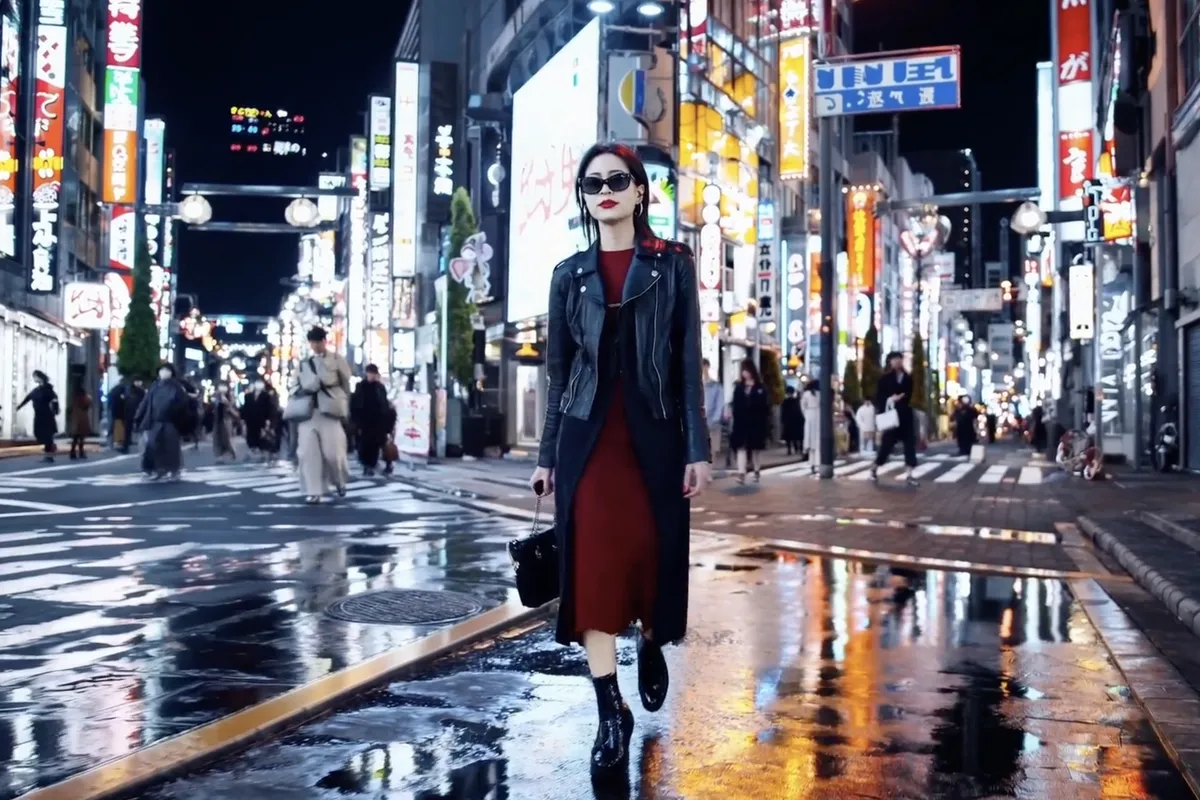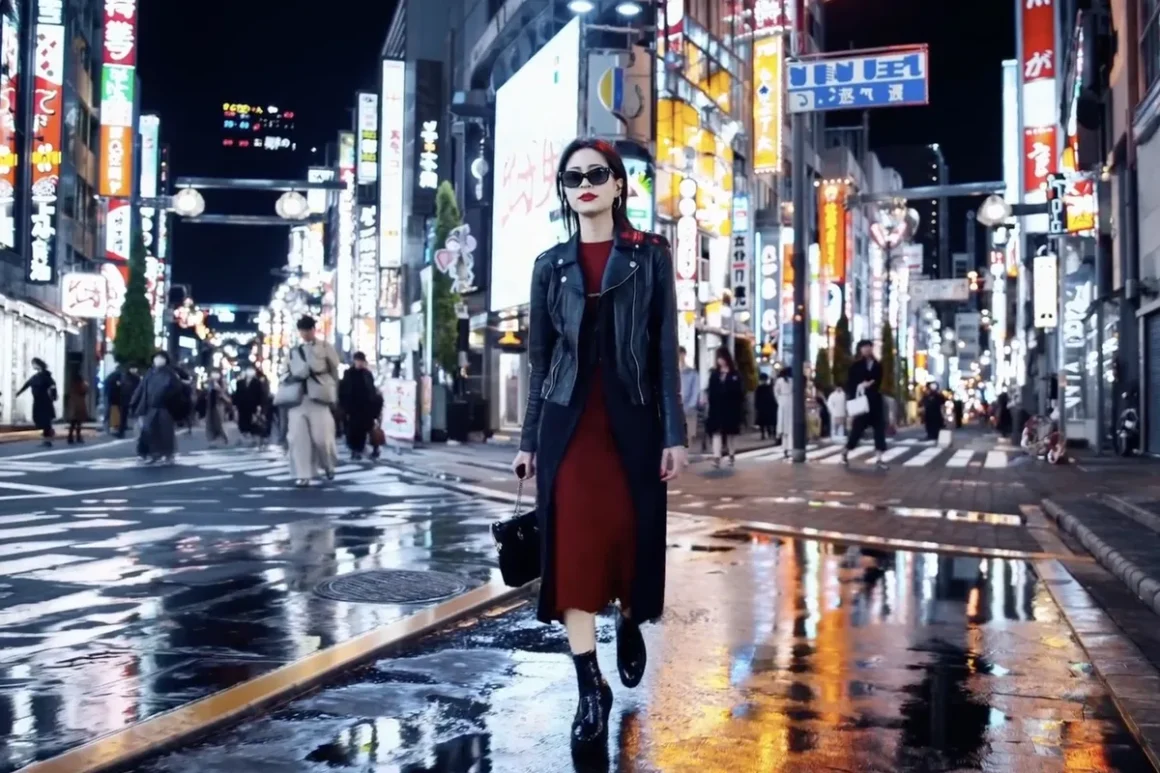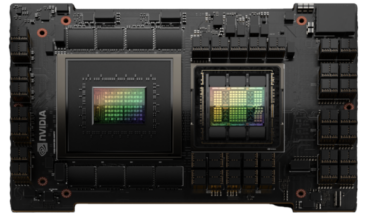In its introduction, OpenAI highlighted Sora’s ability to craft complex narratives, accurately representing how objects interact within the physical world and creating characters that exhibit a wide range of emotions. The model can also work with still images to produce videos, fill in gaps in existing footage, or even extend short clips.
However, Sora isn’t without its limitations. While demonstrating a high level of creativity and detail, the model sometimes struggles with simulating the physics of more complex scenes, which can lead to minor visual anomalies, such as an unnaturally moving floor in a museum scene showcased in OpenAI’s demo reel.
here is sora, our video generation model:https://t.co/CDr4DdCrh1
today we are starting red-teaming and offering access to a limited number of creators.@_tim_brooks @billpeeb @model_mechanic are really incredible; amazing work by them and the team.
remarkable moment.
— Sam Altman (@sama) February 15, 2024
The evolution from text-to-image AI generators to sophisticated text-to-video models signifies a significant leap in the AI domain. With companies like Runway, Pika, and Google with its Lumiere model, already making strides in video generation, OpenAI’s Sora adds to the competitive landscape by offering similar capabilities.
Currently, Sora is undergoing a rigorous review process by “red teamers” to identify and mitigate potential risks and harms associated with its use. OpenAI is also granting early access to a select group of visual artists, designers, and filmmakers to gather feedback and refine the model further. Despite its promising capabilities, OpenAI acknowledges Sora’s current challenges in accurately simulating complex physics and cause-and-effect scenarios.
In light of the growing potential for AI-generated content to be mistaken for genuine footage, OpenAI’s recent decision to implement watermarks on its DALL-E 3 text-to-image tool underscores the ethical considerations surrounding photorealistic AI-generated videos. As Sora enters the scene, OpenAI remains committed to navigating these concerns responsibly, ensuring that the power of text-to-video technology is harnessed for creative, rather than deceptive, purposes.




